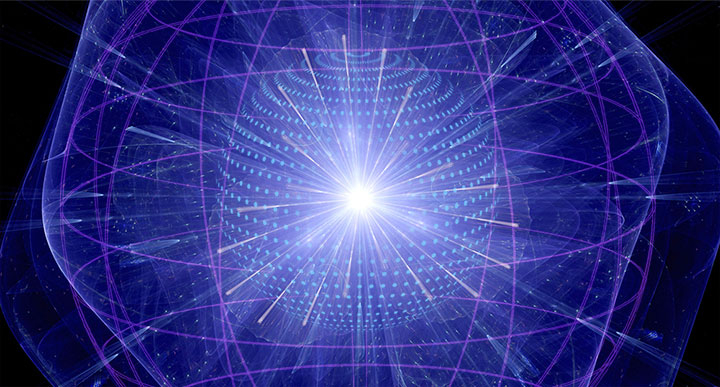model of universe as a
sphere
expanding
into
time
S E I T
# 1 is timespace of the future that the universe expands into into. aka energytime.
#2 is the
past timespace that the membrane sphere #3 has moved through from the BB # 4, an area, volume, that is now void of gravity, other fields and any information.
#3 is the zero thickness membrane that is thought of to contain all matter of the universe. ( zero thickness because it's zero dwell on its movement into the future).
#4 is the point in timespace of the
BB big beginning, now empty.
#5 is showing the observer's location (Hubble telescope in this case of deep space viewing)
#6 is the location of the MAC1 oldest,
far star seen so far, so far away in time (2/3 to the horizon #9, which is allowing us to see only back to the BB cbmr).
#7 is the exit point in the past, timespace, where the image of the
far star that Hubble captured,
originated, on the then smaller universe #8.
#8 is the size in time of the universe when the light that Hubble received from MAC1 was emitted.
#9 is our horizon from our current position in the universe, with a radius of ~13 BLYs along the membrane surface. (the rim of the umbrella)
#10 is the possible position of the farthest star, ~ 40 BLYs away, halfway around the universe / membrane sphere. > 2 horizons away.
#11 is a correction point accounting for the curvature of the membranes surface vs circumference. (also for 3/3.14 hex vs circle)
#12 is the position of an astronomer elsewhere in the universe, that also could see that
far star, but from the other side.
SEIT about zeit, page (seite)# 36, post # 681




